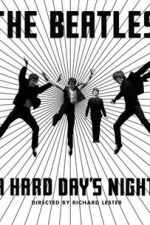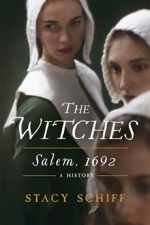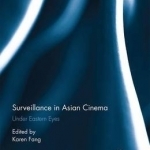
Surveillance in Asian Cinema: Under Eastern Eyes
Book
Critical theory and popular wisdom are rife with images of surveillance as an intrusive, repressive...
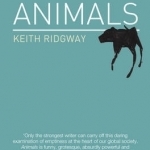
Animals
Book
A novel of confusion and paranoia, love and doubt, fear and hysteria: unsettling, unhinged,...
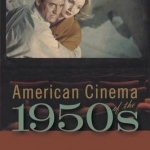
American Cinema of the 1950s: Themes and Variations
Book
America in the 1950s was a place of sensational commercial possibility coupled with dark nuclear...
Jon Savage recommended A Hard Day's Night (1964) in Movies (curated)
Hannah (22 KP) rated The Witches: Salem, 1692 in Books
Sep 12, 2017

Life After Death: Eighteen Years on Death Row
Book
In 1993, teenagers Damien Echols, Jason Baldwin, and Jessie Misskelley, Jr. - who have come to be...
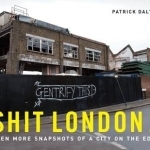
Shit London: Even More Snapshots of a City on the Edge: v. 2
Book
'Nobody is healthy in London. Nobody can be.' Jane Austen Once all the hype, hyperbole and hysteria...
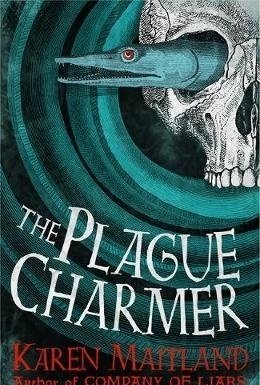
The Plague Charmer
Book
'If you like dark, atmospheric, historical fantasy, then this is definitely one for you' Daily Mail...

Boy A
Book
WINNER OF THE WORLD BOOK DAY - BOOKS TO TALK ABOUT PRIZE 2008 WINNER OF THE JOHN LLEWELLYN RHYS...
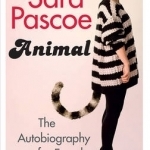
Animal: An Autobiography of the Female Body
Book
Sara is a comedian who has talked and joked about female sexuality, psychology and the media's...
